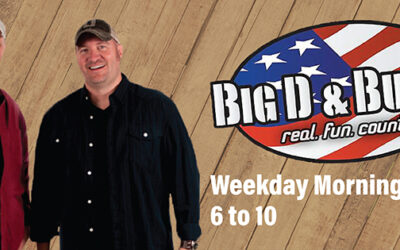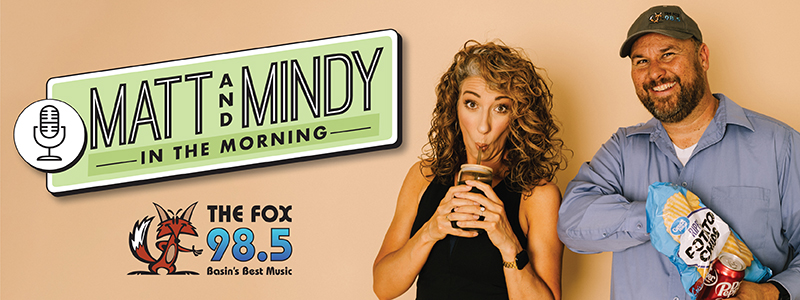Vehicle/wildlife collisions are on the decline and the Division of Wildlife Resources credits the increase of wildlife crossings and fencing. Crossings and fencing on Highway 40 as well as culverts on Seep Ridge Road are among the over 60 wildlife crossings in the state that are helping that trend in the right direction. According to the DWR, 90% of the big game animals killed in wildlife/vehicle collisions in Utah are deer, primarily because they are the most abundant big game animal in the state, but also because they migrate. “Deer typically follow the same migration routes every year,” DWR Wildlife Migration Initiative Coordinator Daniel Olson said. “Many of those routes intersect roadways, which the deer will often try to cross, regardless of traffic. However, simply putting up fences can limit the migration opportunities for deer and other wildlife, and it’s not possible to fence every stretch of highway across the state. So it is important to ensure the passage of wildlife in these areas through the installation of properly placed wildlife structures.” Studies have shown there is a 90% reduction in wildlife/vehicle collisions when there is a crossing structure and fence in the area. The DWR and UDOT continue to identify areas where migration routes cross roadways and both provide funding and maintenance to the wildlife crossings.



